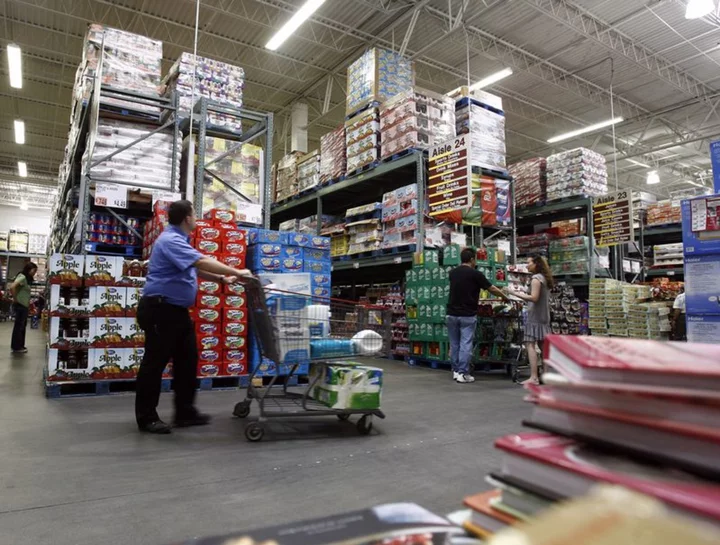WASHINGTON New orders for key U.S.-manufactured capital goods unexpectedly rebounded in April, raising cautious optimism that business spending on equipment could recover in the second quarter after recent back-to-back declines.
Orders for non-defense capital goods excluding aircraft, a closely watched proxy for business spending plans, surged 1.4% last month, the Commerce Department said on Friday. Data for March was revised higher to show these so-called core capital goods declining 0.6% instead of 1.1% as previously reported.
Economists polled by Reuters had forecast core capital goods orders would fall 0.2%. Core capital goods orders increased 2.7% on a year-on-year basis in April.
The outlook for business spending on equipment is uncertain. The government reported on Thursday that corporate profits fell in the first quarter, marking the third straight quarterly drop.
Higher interest rates are raising costs for businesses, tightening of credit by banks could make it even harder to undertake capital expenditure projects, undercutting manufacturing.
The sector, which accounts for 11.3% of the U.S. economy, is also being hampered by a shift in spending away from goods to services and careful management of business inventory levels amid slowing demand.
Orders for electrical equipment, appliances and components fell 1.0%, while bookings for computers and electronic products dropped 1.4%. Orders for machinery increased 1.0%.
Shipments of core capital goods rose 0.5% in April after falling 0.2% in March. Core capital goods shipments are used to calculate equipment spending in the gross domestic product measurement. Business spending on equipment has declined for two straight quarters, the first back-to-back decline since 2020.
Orders for items ranging from toasters to aircraft that are meant to last three years or more increased 1.1% last month. These so-called durable goods orders climbed 3.3% in March. Transportation orders rose 3.7% after jumping 9.9% in the prior month. Motor vehicle orders dipped 0.1%, falling for a second straight month.
The volatile civilian aircraft category experienced an 8.3% drop in orders after a 96.0% surge in March. Boeing reported on its website that it had received 34 aircraft orders, down from 60 in March.
(Reporting by Lucia Mutikani; editing by Paul Simao)









